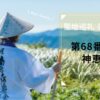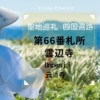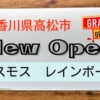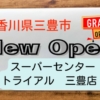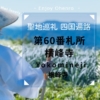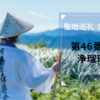【Japan tourism】 Shikoku 88 temple pilgrimage trip [No.37] Hujiizan Gotiin Iwamotoji
It is more than 80km from Iwamoto-ji Temple to Kongofuku-ji Temple, the 38th Fudasho, which is the furthest among the Shikoku Pilgrimage Temples. Iwamoto-ji is the only temple in Shikoku that has five principal images.
Iwamotoji
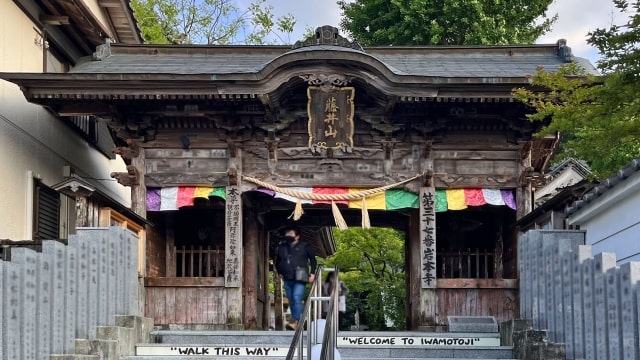
Principal image: Fudo Myoo, Holy Avalokitesvara Bodhisattva, Amida Nyorai, Yakushi Nyorai, Jizo Bodhisattva
Honzon mantra:
- Fudo Myoo: Naumaku sanmandabazaradan sendamakarosyada sohataya un tarata kanman
- Holy Avalokitesvara Bodhisattva: On arorikya sowaka
- Amida Nyorai: On amiritateizei kara un
- Yakushi Nyorai: On korokoro sendari matougi sowaka
- Jizo Bodhisattva: On kakaka bisanmaei sowaka
Denomination: Kouyasan Shingon Buddhism
Place
Temple lodging:Be (Reservation required)
Phone:0880-22-0376
〒786-0004
3-13 Mogushi-cho, Shimanto-cho, Takaoka-gun, Kochi Prefecture
Gosyuin( red stamp)
Please wait a moment until the image is uploaded.
History
Its predecessor was Fukuenmanji, one of the seven temples that Gyoki founded near Niida Myojin Shrine in order to pray for the immediate destruction of the seven disasters and the seven blessings of life at the request of Emperor Shomu. At that time, it was also called “Niida Temple" because it was a separate temple of Niida Myojin.
From 810 to 824, the sacred body of Niida Myojin, which was enshrined when Kobo Daishi visited, was divided into five shrines, and five shrines and five temples were built and enshrined. For this reason, Niida Myojin was called Niida Gosha, and Fukuenmanji was called Junifukuji.
Both temples and shrines temporarily declined due to the fires of the Tensho era. Fukuenman-ji Temple was abandoned when it was rebuilt, and after being transferred to Iwamoto-bo ( Iwamotoji) in its current location, Iwamotoji became a Hudasyo.
It was separated from the five shrines in Niida under the Meiji Edict to Separate Shinto and Buddhism, and lost much of its territory due to the Haibutsu Kishaku movement. The five honjibutsu ( honjibutsu) and temples were integrated into Iwamotoji, and have been gradually improved to the present day.
Highlight
【coffered ceiling painting of the main hall】 When the main hall was built in 1978, the ceiling was decorated with 575 paintings that were solicited from all over Japan.
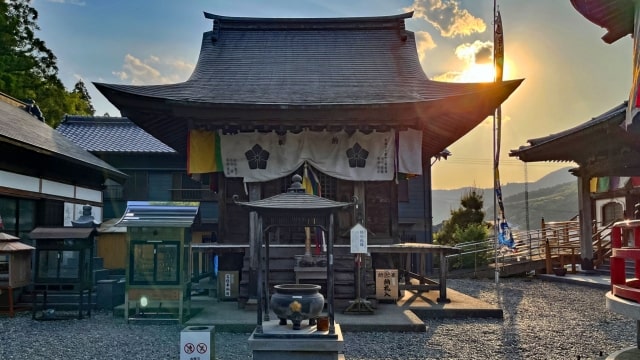
【Daishido】 Built about 200 years ago, it is the oldest in the precincts.
It also serves as the Okunoin, and Yaoi Jizo is also enshrined.
It is about 94 km (about 2.5 hours by car) to the next 38th bill place “Kongofukuji"!
